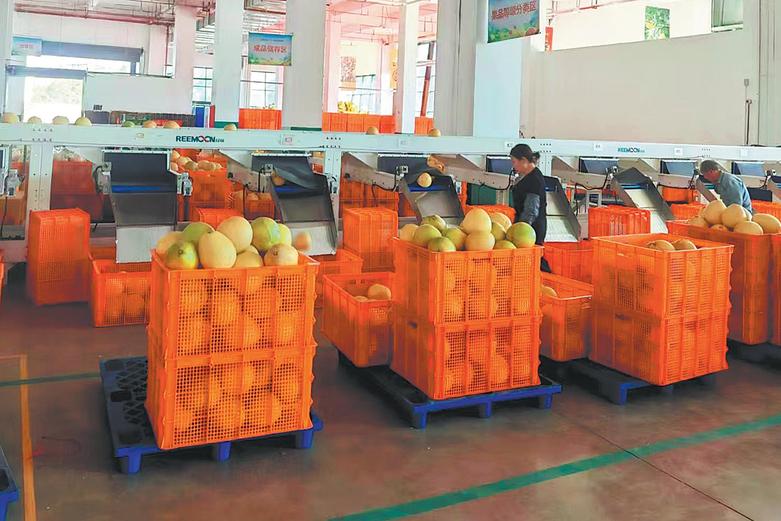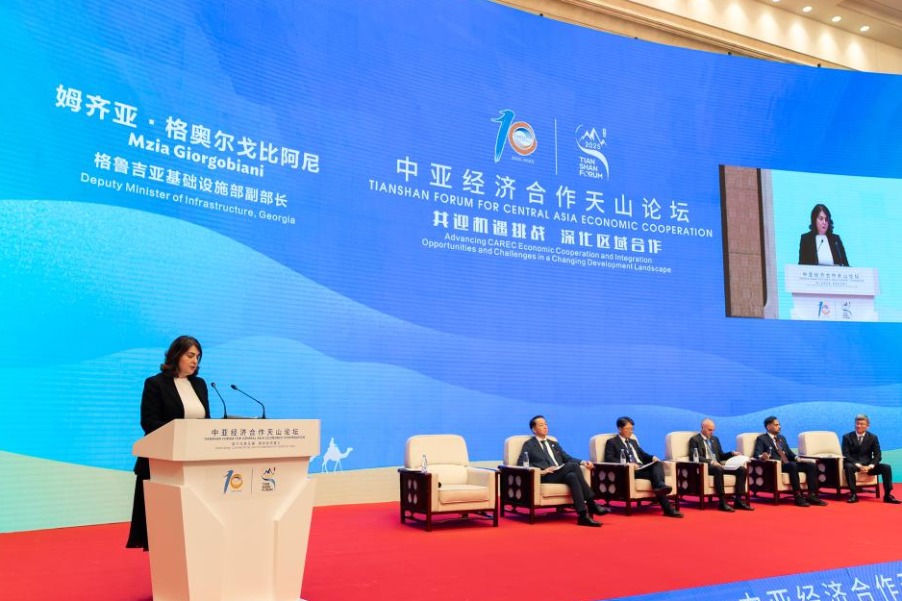History of Haifeng-Lufeng Revolutionary Base short, but powerful


The Haifeng-Lufeng Revolutionary Base, as its name suggests, mostly covers present-day Haifeng county and Lufeng city. Both places are administered by Shanwei city, Guangdong province.
The ups and downs of the base are largely linked to Peng Pai, acclaimed by Mao Zedong as the "King of Peasant Movements", who was raised in a wealthy family of landowners in Haifeng but devoted himself to the liberation of farmers and workers.
Born in 1896, Peng studied in Japan before returning to establish China's first farmers' association in 1922, where he spread communist ideals and theories to the underprivileged and called for members to unite against landlords and old feudal taxes. He formally joined the Communist Party of China in 1924 and wrote a report on peasant movements in Haifeng in 1926, the first such book in the history of the CPC.
Peng participated in the Nanchang Uprising on Aug 1, 1927, when the CPC led its first military resistance against the Kuomintang, the Chinese Nationalist Party, after the KMT broke the alliance between the two parties when it tried to oust CPC members, as well as farmers and workers influenced by communist ideals. The CPC's Aug 7 Conference in Hankou, Hubei province, an emergency meeting convened to discuss the grim situation, led to a leadership reshuffle and plans for more farmer uprisings.
A fraction of the troops that participated in the Nanchang Uprising reached Haifeng in October after suffering losses in battles with the KMT. Joining forces with local farmer militias, they launched an uprising in late October and successfully captured Haifeng and Lufeng in early November.
From Nov 18 to 21, a congress was convened at the Red Palace – a Confucius temple whose walls were painted red and hung with red cloth – in Haifeng, where representatives from among workers, farmers and soldiers gathered. On Nov 21, the congress declared the establishment of the Haifeng Soviet Government. It is considered China's first Soviet government and a milestone for the revolutionary base. Some 50,000 people participated in a celebratory gala on Dec 1.
Led by Peng, the base began experiments in governance, with a land redistribution law as its focus. The government took control of the land, burned land deeds, leases and ledgers, and then redistributed it on the basis of the number of laborers, family situation and fertility of the land. According to the archives, nearly all the land in Haifeng and 40 percent of the land in Lufeng had been redistributed by February 1928.
Apart from land redistribution, policies to improve the lives of workers, soldiers and women were adopted. The base also took in fighters from the Guangzhou Uprising in January 1928 and defended itself against mercenaries employed by landlords. Soviet governments were also set up in some neighboring counties. The base was home to about 1 million people at one point, according to local revolutionary archives.
However, once KMT troops in Guangdong were able to resolve a war between different warlord factions, they reorganized and began to massively attack the base in February of that year, overwhelming it.
Meanwhile, as land policies adopted by the Soviet governments veered toward the extreme-failing to distinguish between landlords and self-employed landowning farmers, indiscriminately confiscating land and vowing to kill all reactionaries-they failed in their efforts to unite the social classes.
Haifeng and Lufeng were captured by the KMT in March, and the Soviet governments quickly ceased to function. The base's attempts to retake the territory failed. Peng led the remaining forces eastward and continued to fight in the mountains in the Dongjiang area of Guangdong.
In November 1928, Peng was elected to the political bureau of the CPC and traveled to Shanghai. On Aug 24, 1929, he was arrested by the KMT following a tip from a CPC defector. He was executed on Aug 30.
The CPC-led resistance in Dongjiang kept fighting but was eventually suppressed in 1934. Nevertheless, despite its relatively short life, the Haifeng-Lufeng Revolutionary Base helped pioneer explorations by the CPC to motivate farmers and unite the people and governance.
- Intl students showcasing global business acumen in Shanghai
- CPC expels former senior official of Guangxi
- Shanghai university unveils sustainable, efficient water treatment system
- Fire at auto business park in Jiangsu claims one life
- Magnitude 6.0 earthquake strikes Akqi county in Xinjiang
- Shenzhou XXI team to carry out first spacewalk





































